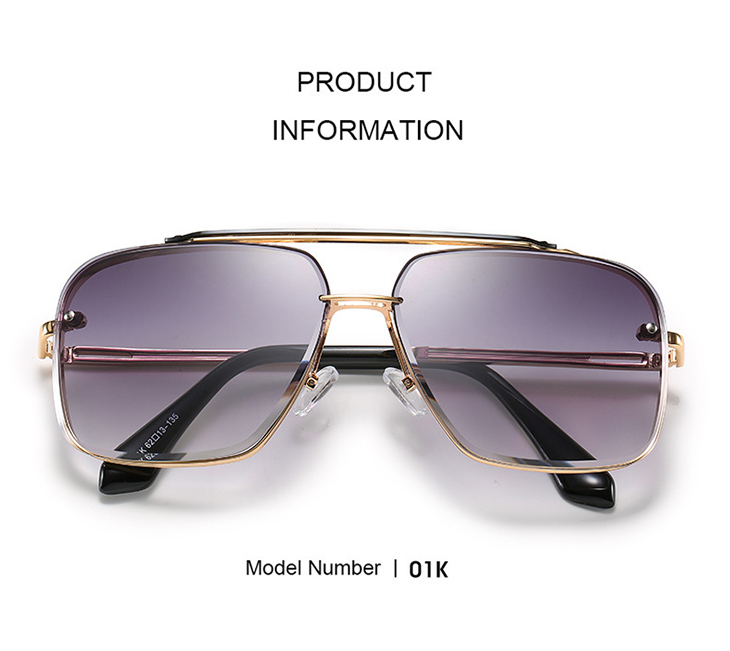Sunglasses, as a kind of sun-shading glasses, belong to human body protection products. The main function of sunglasses is to prevent irritation and damage caused by external ultraviolet rays to human eyes and provide a comfortable visual environment. Without proper protection of our eyes, long-term exposure to the sun will increase the risk of cataracts and other diseases.
Therefore, sunglasses are a real summer must-have.

According to the lens type, sunglasses can be divided into uniform (dyed) color sunglasses, gradient (dyed) color sunglasses and polarized sunglasses. Different groups of people can choose according to their preferences and uses, but it is the most basic principle to protect the wearer's safety and vision.
The basic requirements of sunglasses are to reduce strong light stimulation, see clearly without distortion, prevent ultraviolet rays, recognize color without distortion, and accurately identify traffic signals. However, in fact, many consumers take comfort and style appearance as their main considerations when purchasing, which is actually unscientific.
To choose sunglasses correctly, first consider the filtering function of sunglasses against harmful light. The stronger the filtering function, the better the protection effect. It is recommended to go to a regular glasses shop to choose sunglasses with anti-ultraviolet function produced by regular manufacturers.
There are many colors of sunglasses lenses, blue, pink, yellow, black and gradient colors, etc., which can be described as gorgeous. Sunglasses can show different colors, mostly through dyeing, painting and other methods.
Dyeing refers to adding some chemicals to the lens during the manufacturing process to make the lens appear colorful to absorb light of a specific wavelength. It is also the most commonly used method in the manufacture of sunglasses. Coloring refers to applying color to the surface of the lens, which can be evenly painted or gradually painted.
Another way to change the color of the lens is to add silver halide to the lens so that the originally transparent and colorless lens can be turned into a colored lens when exposed to strong light outdoors.
It should be pointed out that the shade of the lens is not related to the protection of sunglasses. It is not that the darker the color, the stronger the UV protection. Whether it can prevent ultraviolet rays mainly depends on the functional design of the lens itself, and the choice of color shades can vary from person to person.
Choose lenses with a relatively darker color when outdoors with strong sunlight, and choose lenses with a lighter color when driving. Generally, dark gray is better, dark brown and brown are the next best.
Post time: Jun-03-2019